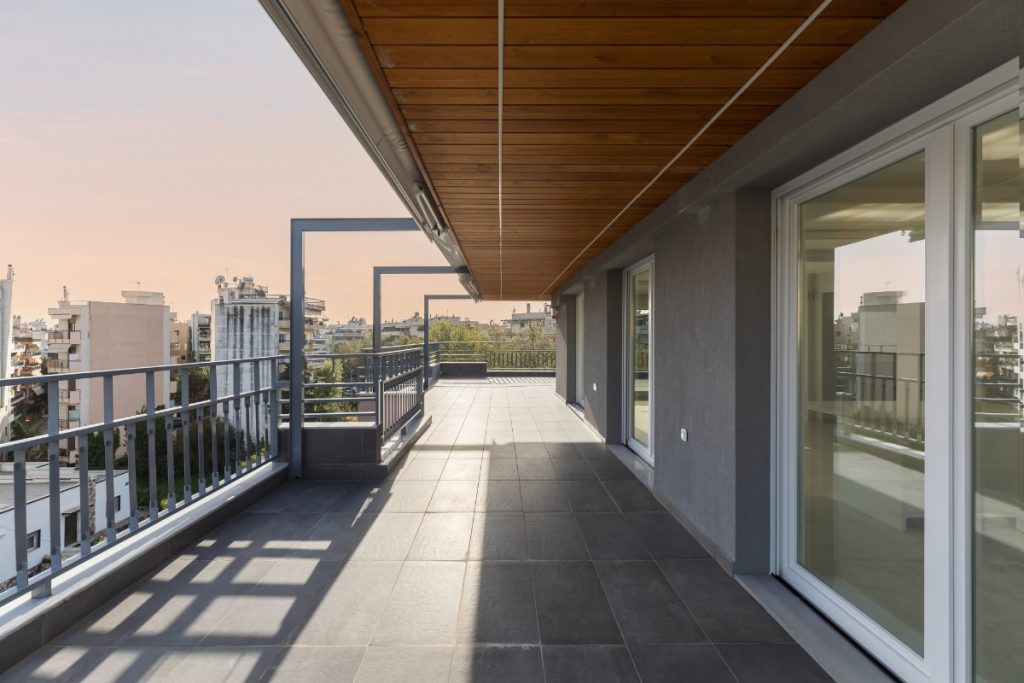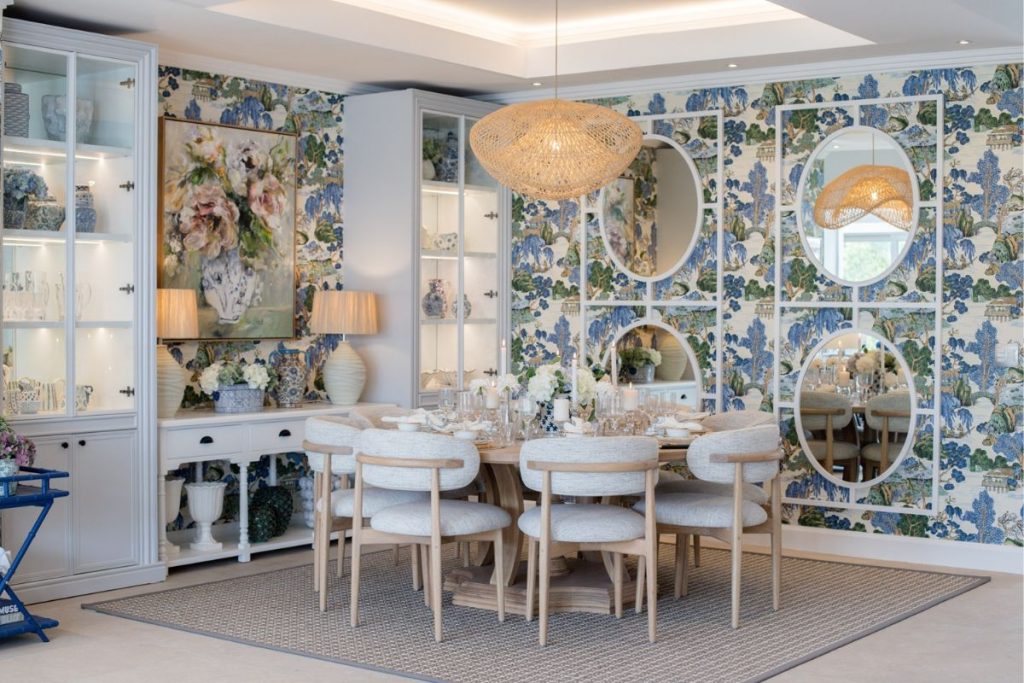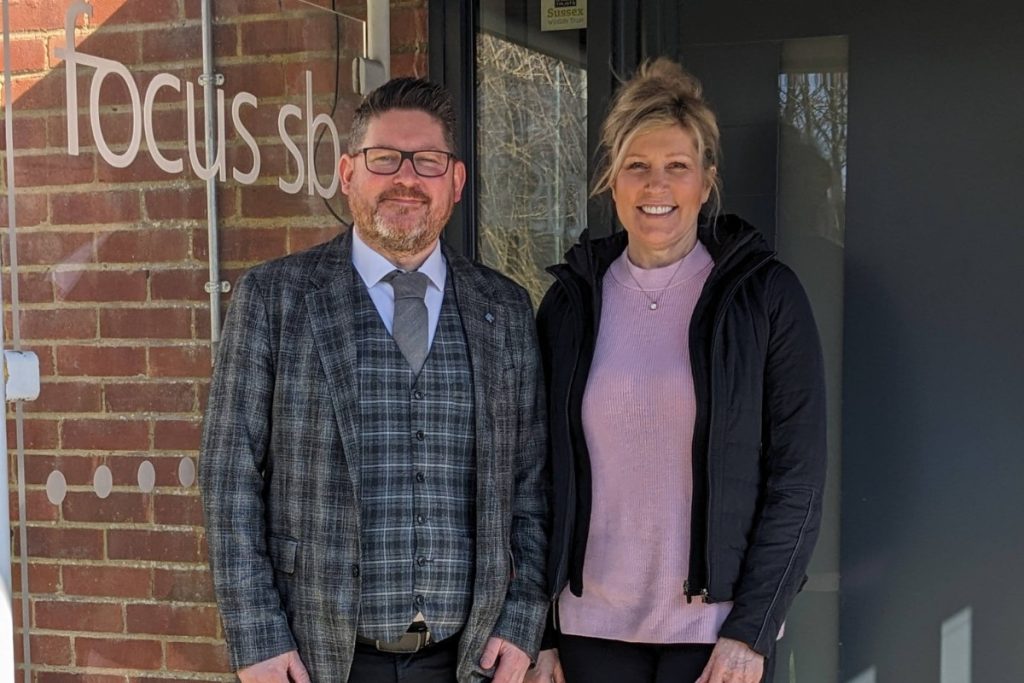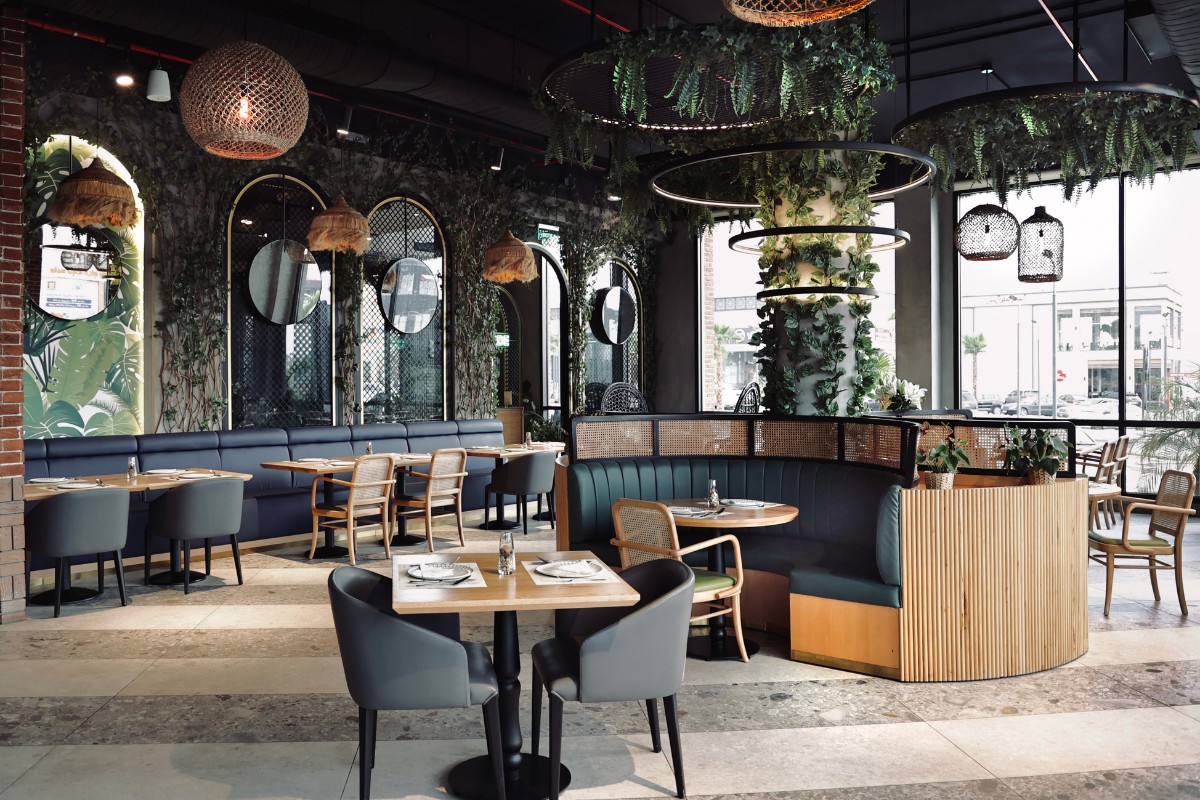 7th February 2025 | IN DESIGN ADVICE | BY SBID
7th February 2025 | IN DESIGN ADVICE | BY SBIDRaman Kaur, Associate Design Manager at 4SPACE, has given her insights into the industry.
After graduation, I went straight into working as a graduate in the UK and never looked back. The design world is vast and multifaceted, and I wanted to experience all it had to offer. I tried my hand at every sector within the field—conceptual design, detailing, site supervision, FFE, design management—both locally and internationally. By doing this, I cultivated a well-rounded skill set, preparing myself for leadership in an industry that demands versatility and adaptability.
But let’s be real: leadership isn’t just about ticking boxes or gaining experience in every corner of the industry. It’s about developing a deep understanding of the intricacies of each phase of a project, as well as recognising your own strengths and weaknesses. However, the path to leadership—especially as a woman—is anything but straightforward.

The Unspoken Challenge: Being a Woman on Site
One of the most significant challenges I’ve faced has been working on-site with male contractors. The design and construction industries, as progressive as they may claim to be, still harbor traditional mindsets. The idea of taking direction from a woman—especially one giving orders on build and construction—has often met with skepticism or outright resistance. The old boys’ club mentality still lingers, albeit more subtly than before.
How did I overcome this? By knowing my stuff. Confidence, in my opinion, stems from competence. The moment you demonstrate that you know what you’re talking about, attitudes shift. But this doesn’t mean cracking jokes to break the ice or trying to “blend in” with the male-dominated environment. It means staying work-focused, maintaining professionalism, and showing that you’re there to get the job done—period.
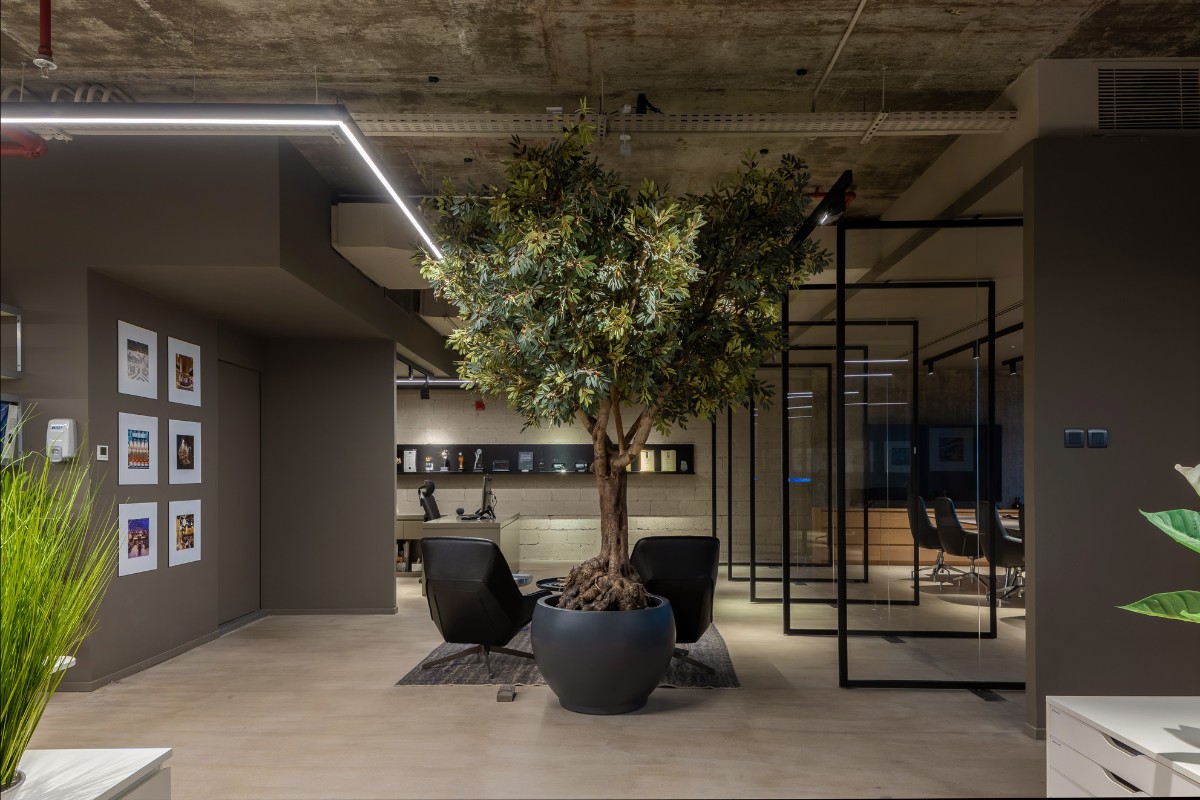
Mentorship: Male Dominated, Yet Invaluable
Mentorship has been a pillar of my career. While only one of my mentors has been female, I’ve found value in the guidance I’ve received from my male mentors. That being said, I won’t sugarcoat the reality: seeing more women in leadership roles, particularly in places like Dubai, has been nothing short of inspiring. It’s a reminder that the tide is turning, even if slowly. The support from mentors—male or female—has pushed me forward, but it’s also a testament to how far we still need to go to normalise female leadership in our field.

Empowering the Next Generation of Female Designers
Now that I’m in a leadership role, I’m committed to empowering other women entering the field. And here’s my take: don’t limit yourself. Too often, we see female designers pigeonholed into certain roles—interior styling, FFE, the so-called “softer” aspects of design. This is nonsense. If you want to work in construction detailing, site supervision, or structural planning, go for it. Understanding the full scope of design—from conceptualisation to site execution—is crucial to becoming a truly great designer. I encourage young women to try every sector of design so they can make informed choices about their careers.
But let’s address the elephant in the room: confidence. Women in this industry often struggle to be taken seriously. This is particularly true when working with men who may unconsciously (or consciously) question your authority. I say: push through. Your knowledge, skill set, and determination will speak louder than their preconceived notions.

Leadership and Work-Life Balance: An Unapologetic Perspective
At the start of my career, I had no work-life balance. I was laser-focused on my goals, and everything else took a backseat. And to be honest, I don’t regret that. In industries as demanding as ours, sacrifices are often necessary. But now, I’ve found a balance. I work hard during my working hours and protect my weekends. Maintaining this balance isn’t just important for your mental health—it’s crucial for your effectiveness in the long run. Burnout helps no one.
For aspiring female leaders, my advice is simple: know your limits. The pressure to perform, both in leadership and personal life, is relentless. But you’re no good to anyone—your team, your clients, or yourself—if you’re constantly running on empty. Take time for yourself, and understand that leadership is a marathon, not a sprint.
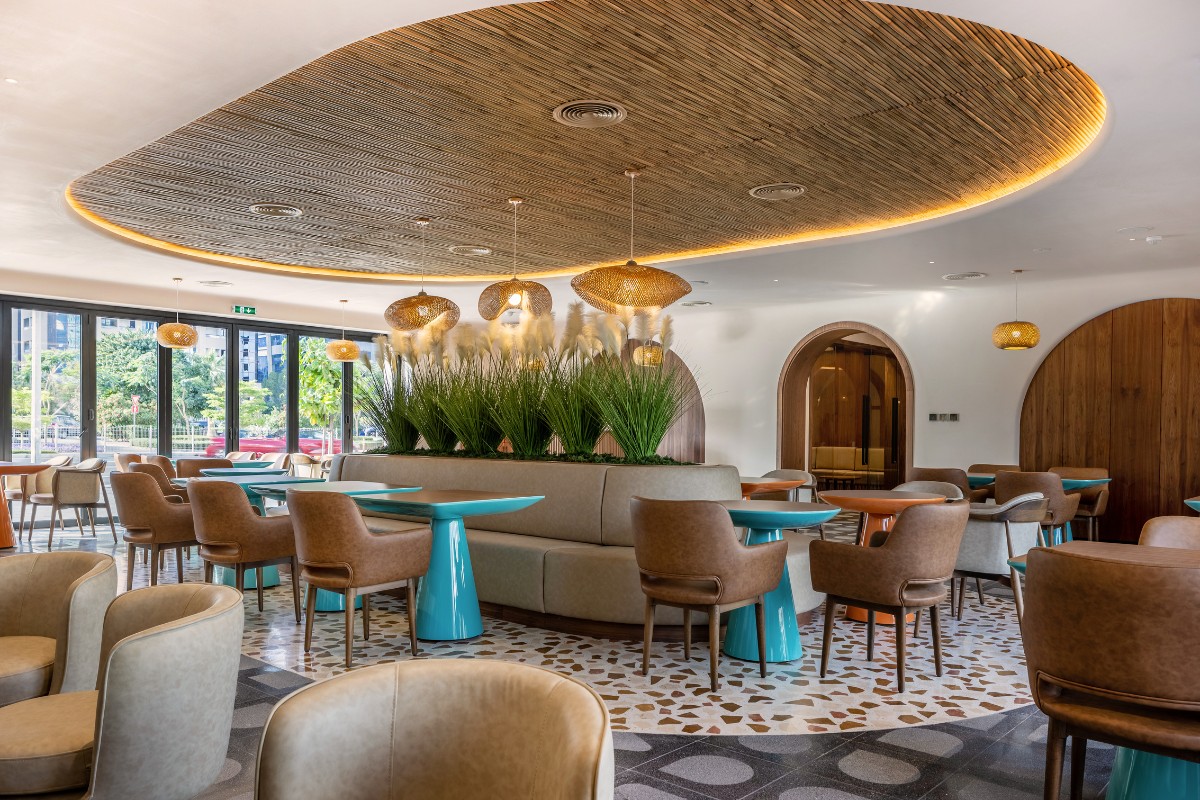
The Bigger Picture: What Organisations Must Do
Organisations need to step up. If we want more female leaders in design and architecture, companies must foster environments where women are given the same opportunities as men—without exception. This means supporting women through mentorship, providing equal opportunities for leadership development, and, importantly, giving us a chance to lead without questioning our capabilities.
For me, leadership is about inclusivity and diversity. And it’s not just about hiring women for the sake of diversity statistics. It’s about recognizing that a diverse team is a stronger team. I focus on giving everyone an equal opportunity, regardless of gender, background, or culture. This doesn’t mean glossing over weaknesses or coddling employees; it means identifying strengths and challenging them to improve, just as my mentors did for me.
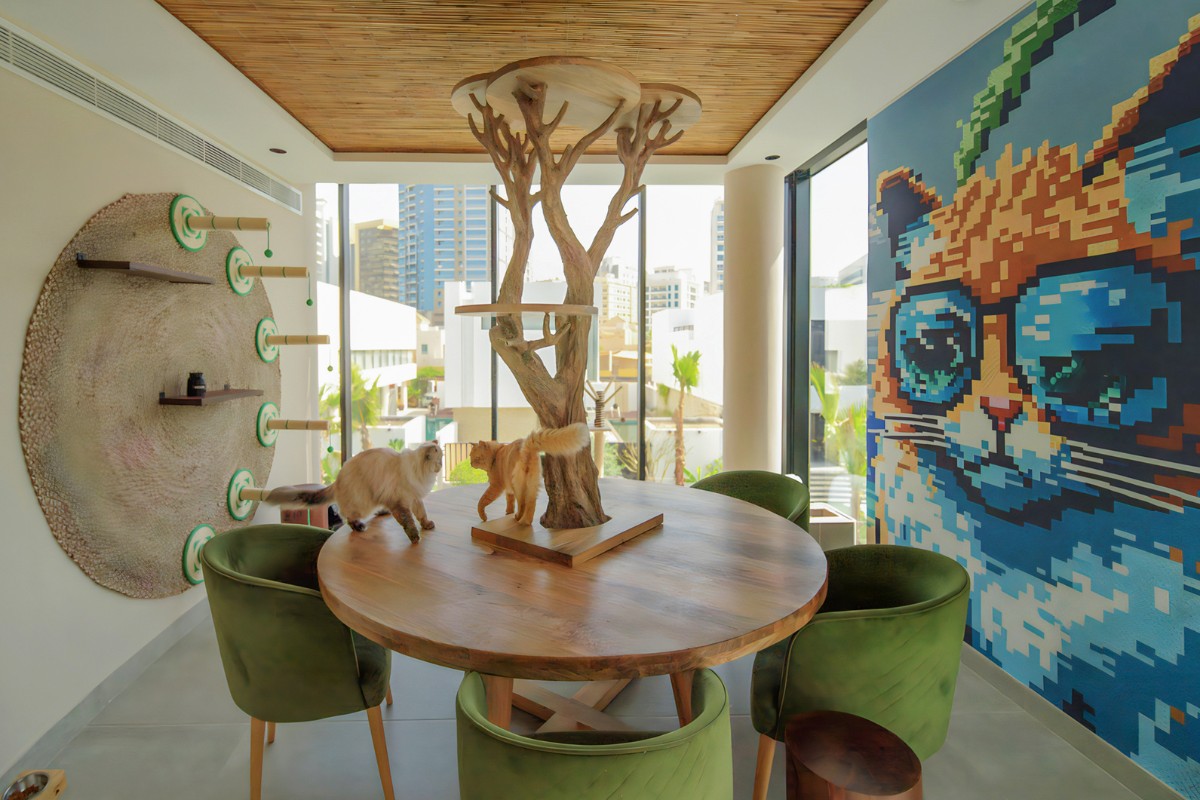
Breaking the Stereotypes: We’re Not Just Here for Pretty Fabrics
There’s an insidious stereotype in our industry: women are only good at picking fabrics, designing interiors, and making things “pretty.” This couldn’t be further from the truth. Women can and should work across all sectors of design—construction, detailing, structural planning, you name it. Men can excel in FFE design just as women can excel in structural engineering. The idea that gender should influence your role in design is outdated and frankly, insulting. As leaders, it’s our job to break these stereotypes and push for a more equal playing field.
Looking Ahead: The Future of Female Leadership in Design
So, where does that leave us? The landscape is changing, slowly but surely. Social media, industry events, and female-driven initiatives are pushing us forward. But we still have a long way to go. I want to see more ethnic women in leadership, especially on construction sites where women are still underrepresented. And here’s the kicker: the real progress will come when gender is no longer the focal point of the conversation. When we can talk about leadership without attaching a gender label to it, that’s when we’ll know we’ve truly succeeded. Until then, the fight continues. But one thing is for sure: we’re not going anywhere.

About 4SPACE
4SPACE is committed to high quality of work and superior care in all aspects of our business. One of the Top 20 interior design firms in the Middle East in reference to the Commercial Interior Design Magazine published last February 2019. Led by major partners Amjad Hourieh and Firas Alsahin, our company has become one of the region’s most respected firms, with more than 20 years of industry experience. We have helped create environments that inspire and impact users by providing the local industry with our extensive practical knowledge, be it for retail, hospitality and commercial spaces, or residential and living spaces. Our mission is to achieve success through delivering quality service steered by our passion for excellence, to define the region’s industry practices and to create market benchmarks of international standards.
If you’d like to feature your news or stories on SBID.org, get in touch to find out more.
If you’d like to become SBID Accredited, click here for more information.
